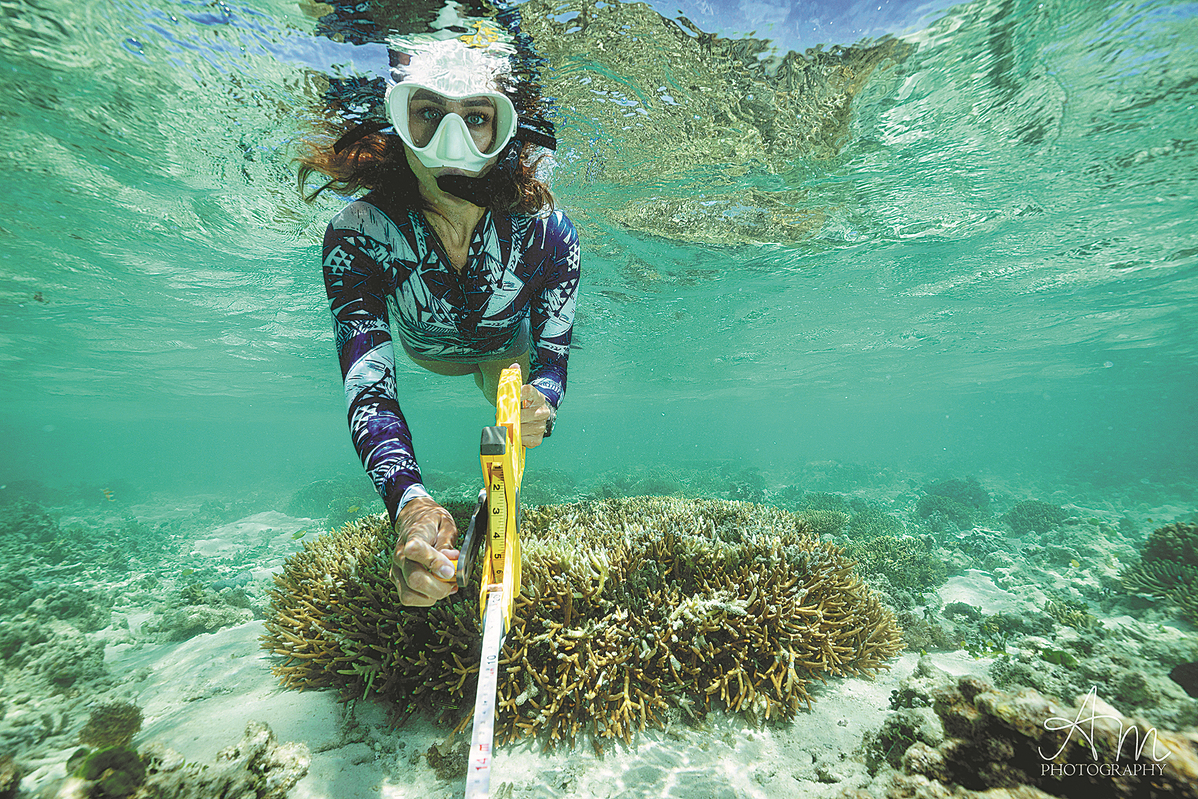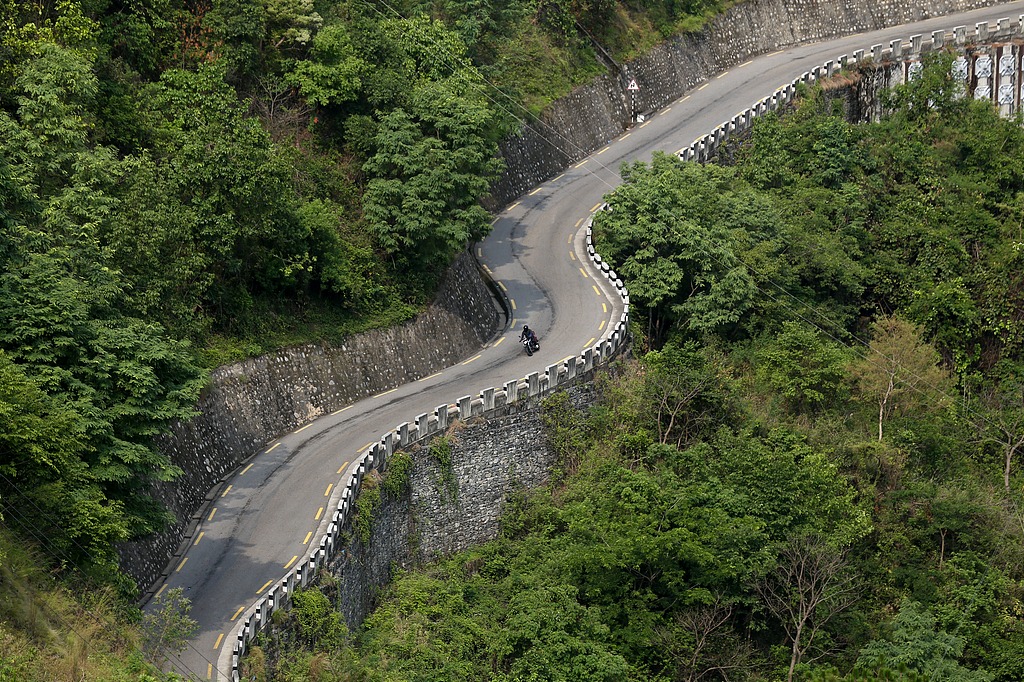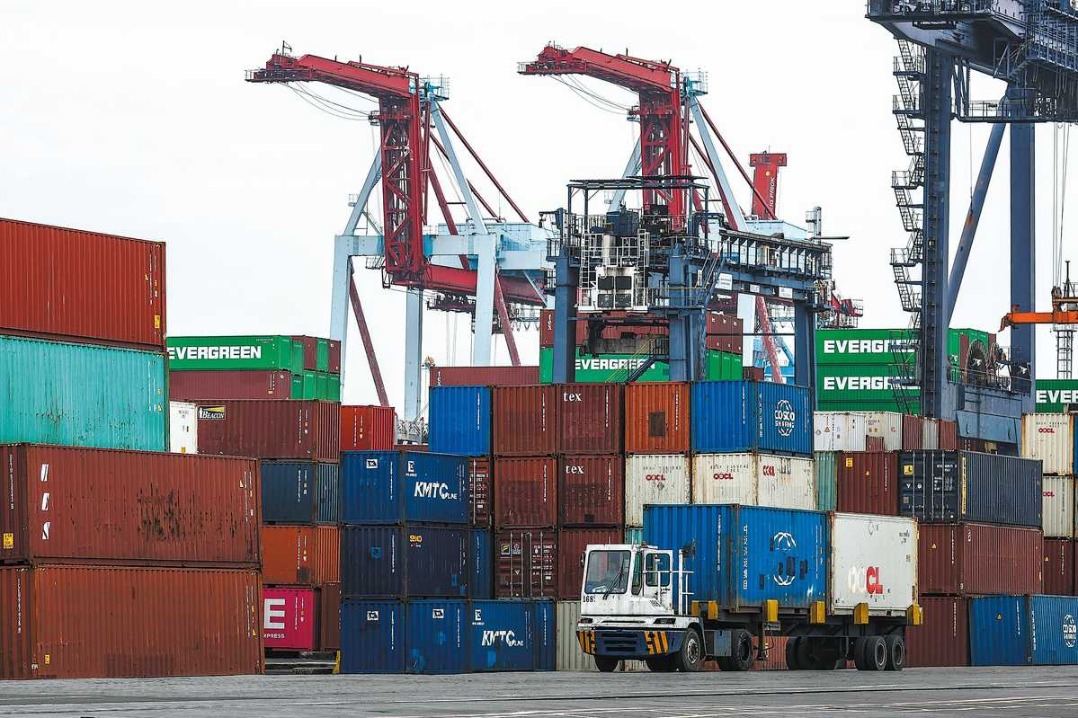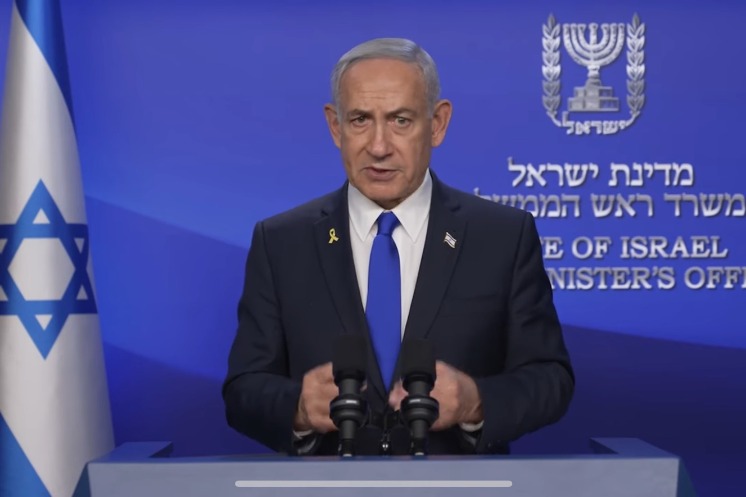Great Barrier Reef living on borrowed time


Australia is among 190 countries party to UNESCO's World Heritage Convention, which is aimed at conserving the world's most outstanding heritage sites.
The World Heritage Committee — a 21-member body established by the convention but with membership elected by the member states — decides which sites to place on the list.
Countries have to protect, conserve, communicate the value of, rehabilitate and "transmit" these sites to future generations.
For a site to be put on the list, the country it is situated in typically asks for help to address serious threats. But in cases of urgent need, the committee can inscribe a site immediately and without the agreement of the country concerned. Currently, 46 World Heritage sites, 20 of which are natural, are on the List of World Heritage in Danger.
In 2021, UNESCO considered adding the Great Barrier Reef to the list. This brought an immediate response from the Australian government, which launched a diplomatic offensive against the reef being placed on the list.
At the time, UNESCO reiterated its belief that the reef merited a place on the list. Fanny Douvere, head of the UNESCO World Heritage Centre's marine program, said, "The facts are the facts, and the science is the science."
Australia's then-environment minister, Sussan Ley, who led the lobbying campaign to pull votes away from UNESCO and criticized how the organization made its recommendation, won a short reprieve, with the organization deferring any formal decision until this year.
In March, a team from UNESCO and the International Union for Conservation of Nature, or IUCN, conducted a further investigation on the reef's health.
In its joint report released on Nov 28, the team found the Great Barrier Reef had been "seriously impacted" by climate change, and its resilience "substantially compromised".

































